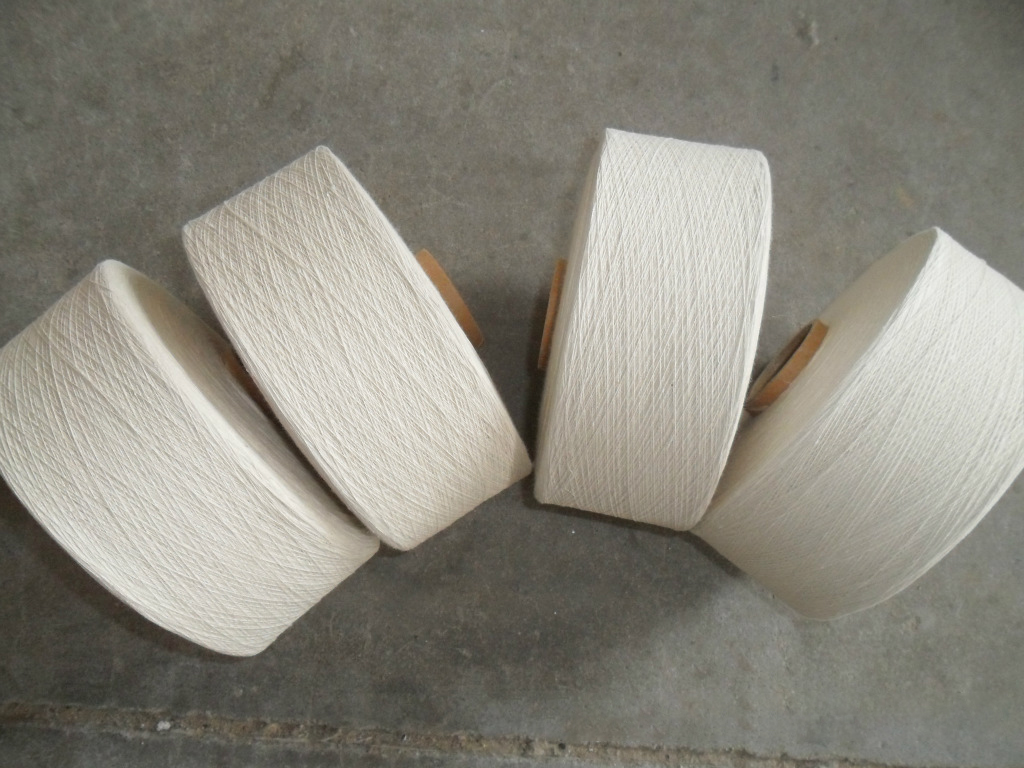Sustainable Style: Embracing Regenerated Cellulose Fiber (RCF) in Fashion
Published On: April 17, 2024 By: ray herb

What is Regenerated Cellulose Fiber (RCF)?
Regenerated cellulose fiber is created from natural sources of cellulose (cotton, hemp, bamboo, tree trunks and shrubs, etc.) using artificial technologies of extraction and spinning. Regenerated cellulose fiber derived from these natural sources exhibits distinct features similar to its predecessor materials while being more sustainable – it makes an environmentally-friendly fiber option in today’s globalized society.
Regenerated cellulose fibers use renewable, easily degradable raw materials that are widely available and relatively cost-effective, making it one of the ideal and promising raw materials in textile production, featuring four essential properties such as breathability and cooling qualities; moisture wicking/sweat wicking capabilities; skin comfort features and good dyeing performance.

Regenerated Cellulose Fiber Classification and Applications
Ordinary viscose fiber. Viscose fiber, one of the main types of regenerated cellulose fiber, can be created from cotton linters, bamboo, wood, reeds, sugar cane bagasse and other raw materials through wet spinning. Although ordinary viscose has several drawbacks that limit its further development such as significant strength losses when exposed to moisture absorption, shrinkage issues, hard fabric feel issues and excessive contamination during its production process which hinder its further progress, it still finds applications such as underwear outerwear decorative fabrics and nonwovens.
Lyocell fiber is a type of regenerated cellulose fiber derived from cotton pulp or wood pulp through a dry-jet wet process, typically produced using cotton pulp or wood pulp as raw material. Lyocell is commonly found in denim fabrics for high-end denim jeans as well as men’s advanced shirts, casual wear, leisure wear and women’s underwear and fashion garments; nonwoven fabrics, special paper products and industrial yarn are also common uses.
Model fiber is an innovative form of regenerated cellulose fiber that is both environmentally-friendly and versatile for use in women’s outerwear, lingerie, sportswear and home textile products.

Bamboo pulp fiber (regenerated bamboo fiber) is a new type of regenerated cellulose fiber created through spinning bamboo pulp as raw material, independently developed and industrialized in China. Suitable for intimate apparel production as well as summer knitwear designs, bamboo pulp fiber can also be found in nonwoven fabrics, hygiene materials, bedding sets, bath products and other specialty items with specific functional applications.
Holy flax fiber is created by spinning natural flax materials into thread, thus preserving their antibacterial substances and using this fiber in outerwear, medical clothing, masks, gauze, towels, bath towels and bedding to effectively stop germs from spreading further. Furthermore, holy flax fiber can also be used decoratively as it provides antibacterial benefits as well.
Pros and Cons of Recycled Fibers (RFs)
Recycled fibers combine characteristics from both natural and manmade sources, each offering distinct properties. Reclaimed fibers only offer one drawback: their relatively higher cost – however there are no major drawbacks otherwise! Recyclers claim many other advantages for recycled materials as well.
1. Clothing composed of recycled fiber fabrics can provide comfortable breathability with excellent moisture wicking characteristics – more so than conventional cotton fabrics – making them suitable for intimate apparel or health care products. They’re often found used as intimate apparel options.
2. Regenerated fiber fabric exhibits superior sweat-absorbtion and moisture dissipation properties compared to cotton fiber fabrics, thanks to its similar composition; some properties resembling those found in cotton fiber may apply here, yet its moisture absorption and breathability properties far outstrip those offered by its cotton counterparts.

3. Recycled fiber fabric is luxurious yet gentle on skin. Combining cotton’s comforting touch and silk’s smooth sheen, its construction does not cause static electricity and provides good elasticity without static build-up; moreover, as natural materials are utilized, any potential skin irritation should not occur.
Consumption and Usage Tips for Regenerated Cellulose Fiber Clothing
Consumers should pay close attention when purchasing apparel made of regenerated cellulose fiber, paying particular attention to any instructions (product tags). When buying such apparel with rough packaging or incomplete, irregular, or inaccurate product labeling it should be purchased with extreme caution.
Regenerated cellulose fiber apparel lacks strength and dimensional stability, so for thinner pieces it is wise to avoid direct contact with sharp objects while wearing and use hand washing or gentle wash programs to avoid sudden size fluctuations. Dark-colored garments tend to fade more easily so it may be best to wash these separately when washing them.
As with other garments made of regenerated cellulose fibers, neutral detergents should always be preferred when washing these items to preserve their soft texture and extend their longevity.
